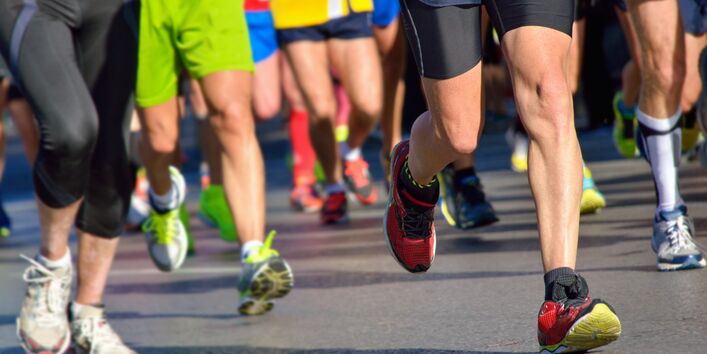Ozone and open air sport events
Due to weather conditions open air sport events normally take place in summer and throughout these summer months the ozone levels can be high. During physical exertion, we breathe faster and deeper, ozone enters the respiratory tract and lungs and thus adverse health effects can develop.
Sport event organisers should inform participants when ozone levels are high. In addition, elevated ozone levels should also be reported via the media if certain thresholds are exceeded. However, it is left up to the participants themselves to decide whether to participate in a sport event or not. The following information is provided in order to help you to reach a decision.
